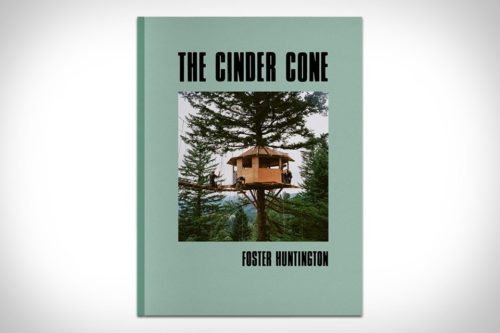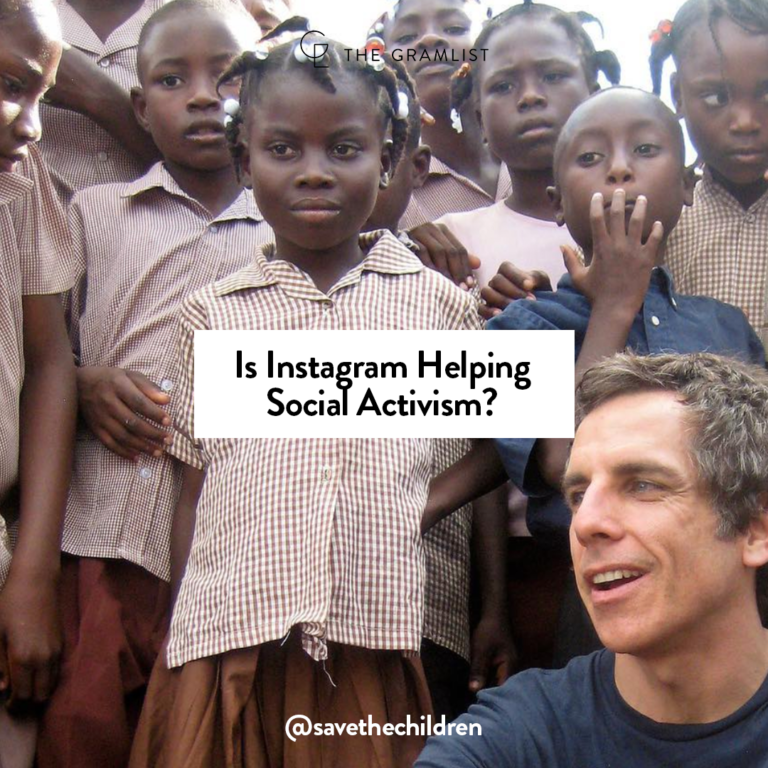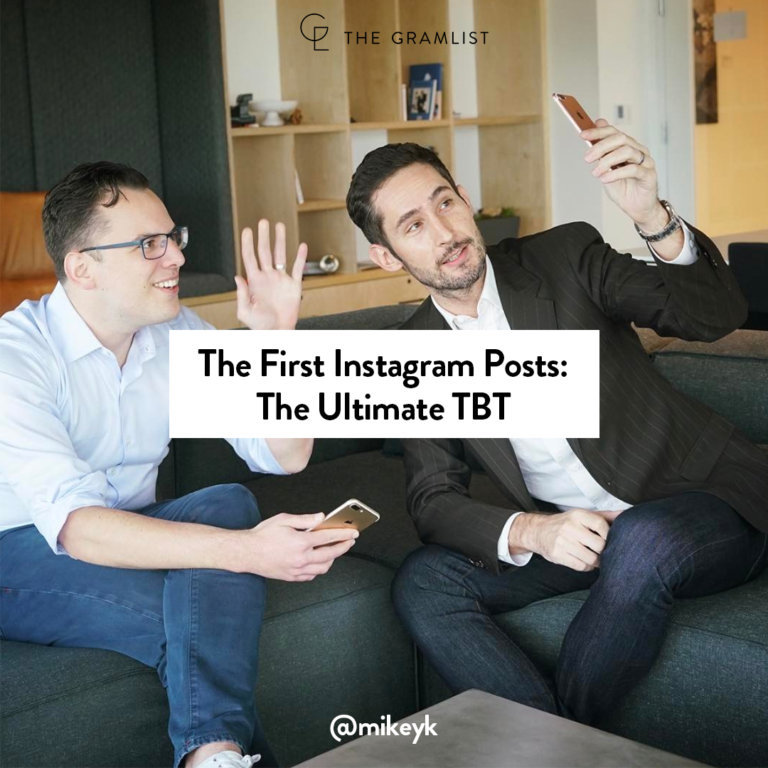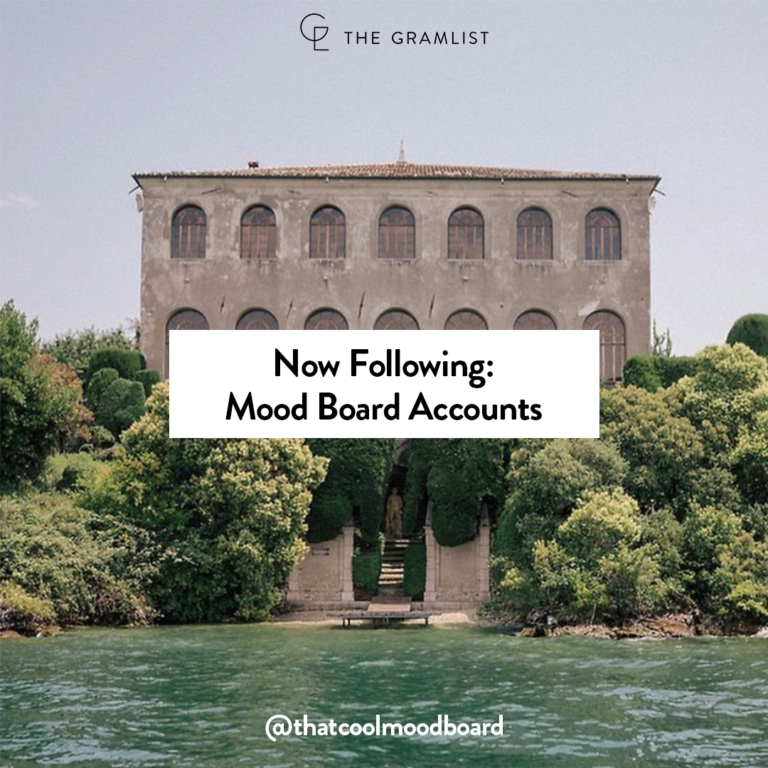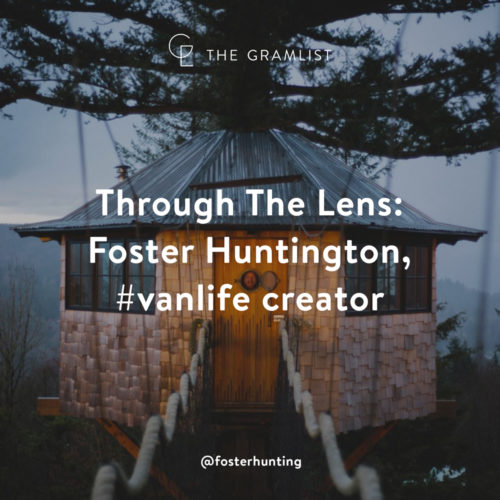
Foster Huntington himself says for a while, he was known as the guy who lived in a van. But in our meandering and energizing conversation, the word “van” was said just twice. Here’s why:
Foster isn’t concerned with what he’s done; he sees it as a path to where he wants to go. So, the van was, quite literally, a vehicle toward building a film studio.
Foster isn’t concerned with social media. Not in the ways most of us are. In fact, to him, it’s just media, but smaller. In the same way that cell phones aren’t phones anymore.
Foster isn’t concerned with likes. In fact, all he’s concerned with is visual storytelling. And if he lived on an island alone, he’d still be doing that.
The Godfather of living off the grid is more plugged in than ever. Broadcasting from a treehouse, we’ll let him tell you himself.
#fosterhuntington #vanlife
#Vanlife Happened. He’s Onto the Next.
We can’t not talk about van life. The world’s catching on—but are you still interested?
Before I started Van Life, I actually had The Burning House, a different Tumblr. I was really into the idea of living in my van, so I got myself into a position to do it. You have ultimate freedom, but you’re not actually as in control of your destiny as you’d think. I was always looking for WiFi. I needed space to actually create. I wanted to build things, and I needed to supply shop. It’s hard to build anything and bring creative ideas to fruition when you’re limited with space. “Van life” is in vogue now, but I’m looking further ahead. What I’m working on now is way more interesting in the long run.
He’s Retired from The Road and Lives in a Treehouse above a Skatebowl.
Talk about having trouble finding WiFi. What’s the treehouse like?
We started building it three years ago, and the wiring was challenging. We used fiber but had to jump through a bunch of hoops. It’s 600 times faster than a land-based connection. But that was only one of the challenges. It’s amazing how much consumerism puts you in a box. At first, people said, “oh, you’re the van guy!” That had a moment. Then, people said, “oh, you’re the treehouse guy!” It’s easy to do that, to talk about those things, because that’s what is all over social media right now. Living in a van is amazing. It exceeded my expectations. I knew it wasn’t the end-all, be-all for me creatively, though, and it wasn’t. I now have a bunch of mixed feelings about Instagram and social media.
Social Platforms Should Evolve. It Doesn’t Mean They Fail.
Are certain platforms more important than others?
I have always believed in visual storytelling mediums on the Internet. Before Instagram, I was on Tumblr. Before Tumblr, I was on Blogspot. I started The Burning House. Social media enables people to share their creative lives, but we’re slaves to it. Life, liberty, and the pursuit of Instagram. It’s the new norm. I’m super-fortunate to have benefitted from it, but I think there are ways for it to be much better. Instagram would be way more interesting if you couldn’t see how many likes other people got.
Change Your Format, Not Your Content.
There’s plenty of documentary-style content out there. From a creative standpoint, I want to embrace that and do something different. It’s easy to drive to Bamf and take beautiful photos. But ultimately, it’s been done. Instagram, sure—it’s a big world. But I’m not interested in getting caught up in it. I want to make things. Why are there not more short films made just for social media? Why aren’t there skits, movies? This isn’t a new idea. There are parallels here with TV and movies. The development of radio. People say, “social media is so new!” It’s patterned. There are differences and nuances, but from 30,000 feet, it’ll develop into a more immersive, less flat experience.
Social Media Won’t Always Be Social.
Where do you see content going?
Instagram will continue to be a place to share dramatized versions of our lives. It’s not really my deal. But what I want to do is view social media as a vehicle for storytelling. It’s unparalleled, but there is precedent. At first, we used film to document the world around us. There is crazy footage of a horse running, the first-ever filmed race from 1878. Realizing we could capture the motion of that, we thought, okay, we can make movies. We can create fiction. Take Birth of a Nation. Whatever your views are on the film itself, it was one of the first examples of our ability to do more than film someone doing skits on a stage. We’re at that point with social media. Not everything on there has to be real, or try to appear real. This is why I built a film studio.
Don’t Fight Shrinking Attention Spans.
Is long-form endangered?
We’re in a really transitional time in terms of what big media is doing mostly because attention spans are different. Social media used to be considered a four-letter word, or more of a platform for behind-the-scenes information. I thought about this as I built the studio. I was paying for it myself, so it forced me to move slower on everything from the space itself to what we want to make. It’s a massive studio with a bunch of equipment for making stuff specifically for social media. That’s my very simple theory.
Build What Doesn’t Exist and Don’t Expect Credit Just Yet.
I think we’re experiencing a shift away from consumerism. Social media isn’t really just a small part of peoples’ lives now. We’re paying for things using Venmo. Kickstarter funds massive projects. Some of the most “successful” Instagram accounts are parody feeds, or memes. It’s a stepping stone to where we’re going.The first film I’m working on is a skateboarding short. Remember in, say, the ’90s, people would make a short film and submit it to a film festival? Then, five years ago, they’d put it on Vimeo? What my film studio is doing is making short episodes shot in vertical aspect ratio, created specifically for social platforms. We’re not going to be posting trailers and then the full film on another site. There is no more “link in bio.” We’re so spoiled by getting content on the platform we’re already on. We need to be creating things built around where people are spending their time.
